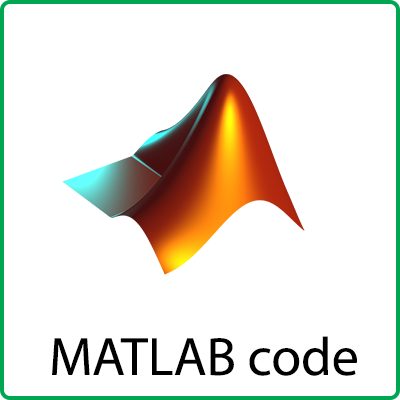Description
In this paper, we proposed a novel structural patch decomposition (SPD) approach for MEF. Different from most pixelwise MEF methods, SPD-MEF works on color image patches directly by decomposing them into three conceptually independent components and by processing each component separately. As a result, SPD-MEF generates little noise in the weighing map and makes better use of color information during fusion. Furthermore, reliable deghosting performance is achieved by using the direction information of the structure vector. Comprehensive experimental results demonstrated that SPD-MEF produces MEF images with sharp details, vivid color appearance and little ghosting artifacts while maintaining a manageable computational cost.
The proposed SPD approach is essentially dynamic range independent. Therefore, it would be interesting to explore its potential use in HDR reconstruction to generate high quality HDR images with little ghosting artifacts. Moreover, the application of SPD is not limited to MEF. As a generic signal processing approach, SPD has been found to be useful in image quality assessment of contrast-changed and stereoscopic images . It is worth considering whether SPD offers any insights that can be transferred to other image processing applications. In addition, although objective quality models for MEF algorithms begin to emerge, the models for objectively comparing MEF algorithms for dynamic scenes are largely lacking. Therefore, it is demanding to switch the focus from developing MEF algorithms for dynamic scenes to developing such objective quality models in order to conduct a fair comparison.
ref :
Ma, Kede, et al. “Robust multi-exposure image fusion: A structural patch decomposition approach.” IEEE Transactions on Image Processing 26.5 (2017): 2519-2532.
Structural patch decomposition based multi-exposure image fusion



Reviews
There are no reviews yet.